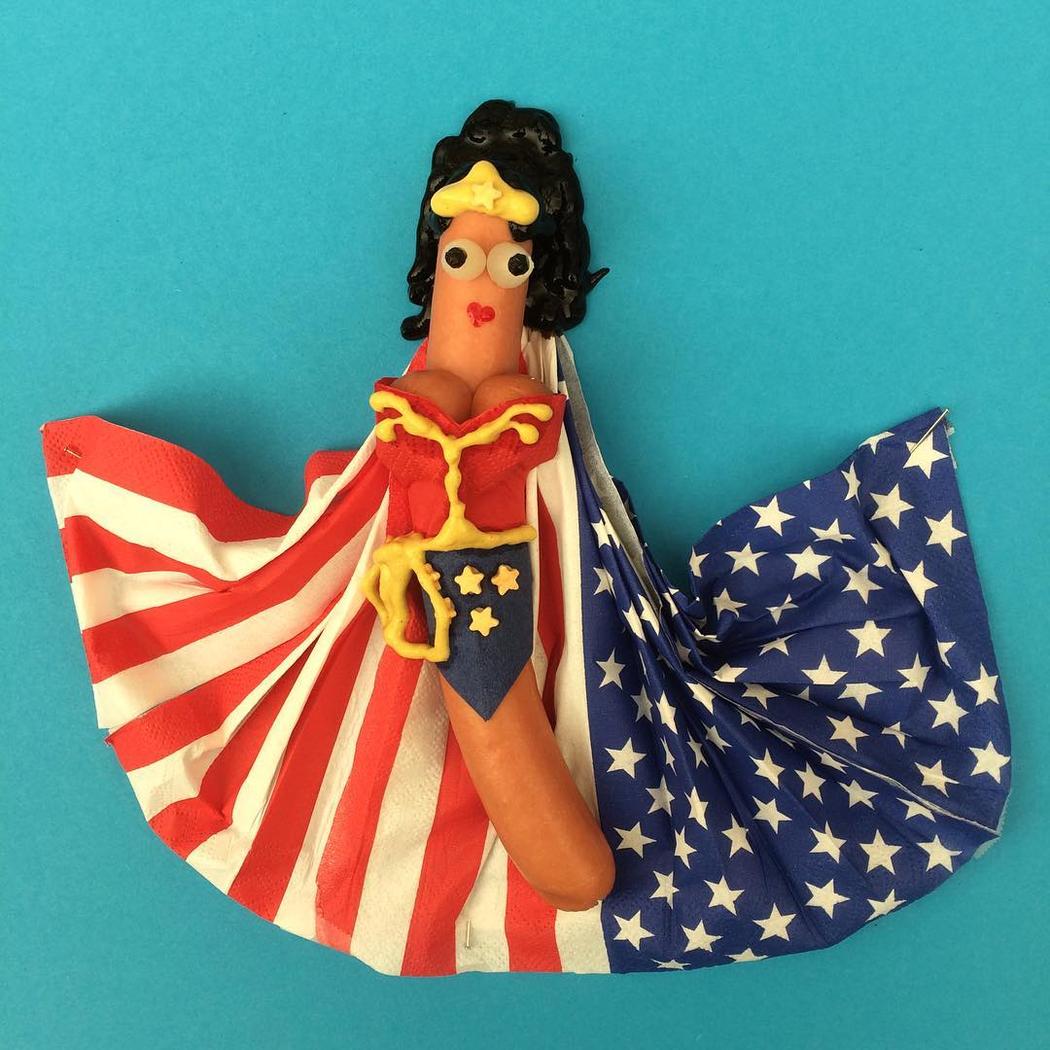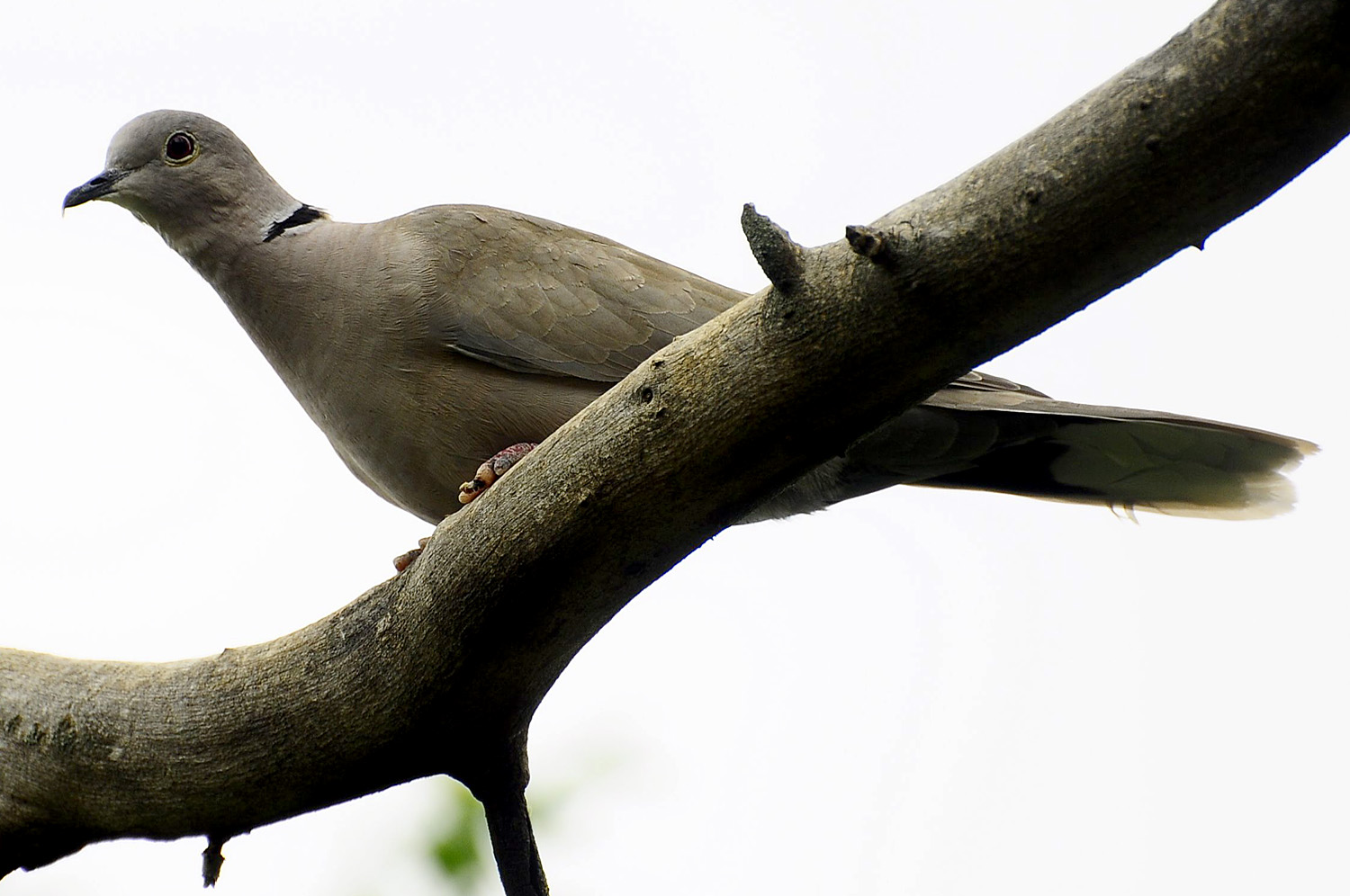Beautiful shots from David, who notes: In Australia, galah is not just the name of a bird, it is also a derogatory term that means a “loud-mouthed idiot. I think the solo bird in the last photo looks quite Trumpian. Click for full size!
© David, all rights reserved.










































